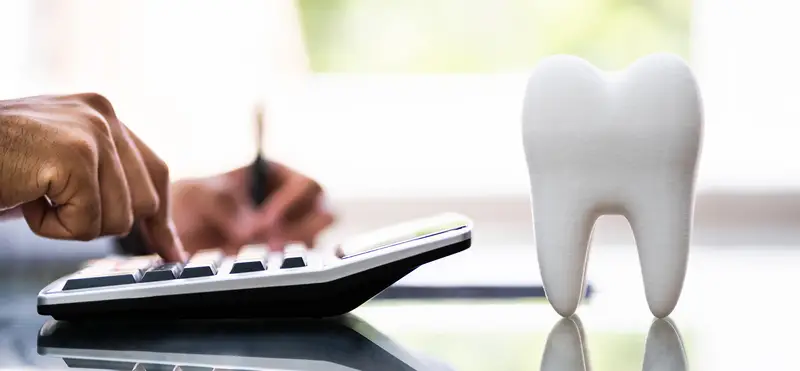Smart Budgeting Tips for Upgrading Your Practice Equipment
As a dentist/owner, your primary focus is on patient care, but the business side of running a practice is equally important. One of the most significant investments you’ll make is upgrading your equipment. Here’s a concise guide to help you budget effectively for these upgrades, ensuring your practice remains competitive and efficient.
1. Assess Your Current Equipment
Begin by evaluating the condition and performance of your existing equipment. Create an inventory list and note the age, maintenance history, and any recurring issues for each item. This assessment will help you identify which pieces need immediate attention and which can wait.
2. Prioritize Your Needs
Not all upgrades are created equal. Prioritize equipment that directly impacts patient care and operational efficiency. For example, if you’re considering transitioning to digital technology, such as an intra-oral scanner, this should take precedence over upgrading waiting room furniture. Digital tools can significantly enhance diagnostic accuracy and patient experience.
3. Research and Plan
Investigate the latest advancements in dental technology. Join dental associations, attend trade shows, and read industry publications to stay informed. Create a list of potential upgrades and their costs. This will give you a clear picture of what to expect and help you plan accordingly.
4. Set a Realistic Budget
Determine how much you can afford to spend on upgrades without jeopardizing your practice’s financial health. Consider setting aside a percentage of your monthly revenue specifically for equipment upgrades. A good rule of thumb is to allocate 3-5% of your annual revenue for these expenses.
5. Explore Financing Options
If your budget is tight, explore financing options. Many suppliers offer payment plans, leases, or loans tailored for dental practices. Look for terms that fit your financial situation and avoid high-interest rates that could strain your cash flow.
6. Plan for Future Upgrades
Create a long-term equipment replacement plan. This plan should outline when you anticipate needing new equipment and how much it will cost. By spreading out purchases over several years, you can avoid large, sudden expenses.
7. Consider the Total Cost of Ownership
When evaluating new equipment, consider the total cost of ownership, not just the purchase price. Factor in maintenance, repairs, and potential downtime. For instance, transitioning to a digital scanner might have higher upfront costs, but the long-term benefits, such as reduced material costs and improved efficiency, can lead to savings.
8. Leverage Tax Benefits
Take advantage of tax benefits related to equipment purchases. Section 179 of the IRS tax code allows businesses to deduct the full purchase price of qualifying equipment purchased or financed during the tax year. Consult with a tax professional to maximize your deductions.
9. Stay Flexible
While planning is essential, be prepared for unexpected expenses. Set aside a contingency fund to handle emergencies without disrupting your upgrade plans.
Key Takeaways:
- Evaluate and prioritize: Regularly assess your equipment and prioritize upgrades that impact patient care and efficiency.
- Budget and finance smartly: Allocate a portion of your revenue for upgrades and explore financing options.
- Plan for the long-term: Create a replacement plan and consider total ownership costs.
- Utilize tax benefits: Maximize deductions to ease the financial burden.
By following these steps, you can ensure your practice stays up to date with the latest technology while maintaining financial stability. Remember, investing in quality equipment is an investment in the future success of your practice.




